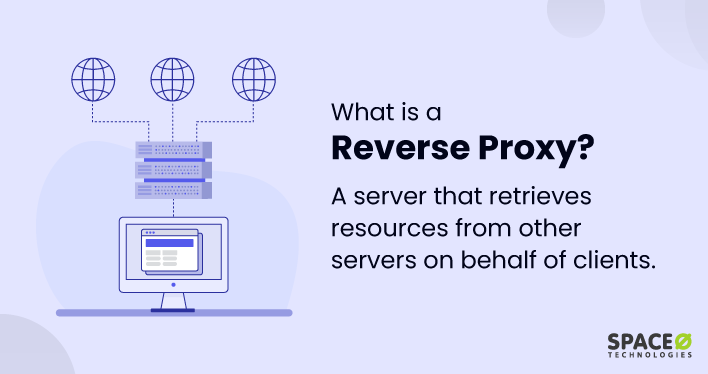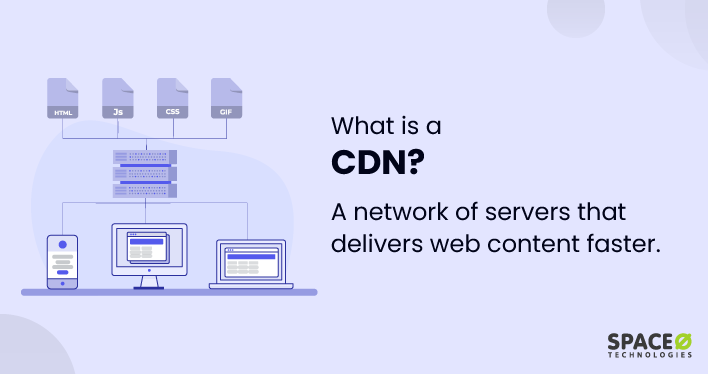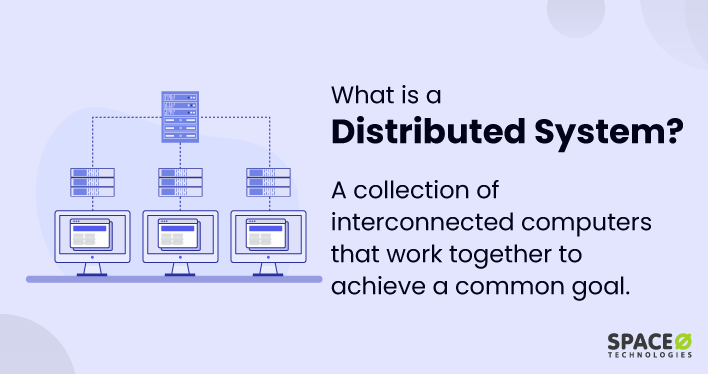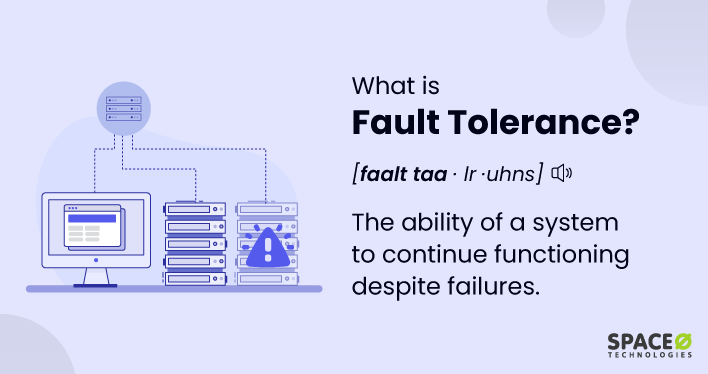Table of Contents
What is a Reverse Proxy?
A reverse proxy is a type of server that sits between client devices (like a user’s computer or smartphone) and an origin server, such as a web server. The reverse proxy server accepts client requests and forwards them to the appropriate backend server. After the backend server processes the request, the reverse proxy sends the response back to the client.
A reverse proxy is a key component of web application architecture. One primary function of a reverse proxy server is to distribute client requests across multiple servers to balance the load and ensure no single server becomes overwhelmed. This can help to increase the performance and reliability of web applications.
Balancing these requests is helpful when managing high-traffic volumes or executing resource-intensive operations. To delve deeper into how these components interconnect and function within a comprehensive web application architecture, read this comprehensive guide on web application architecture.
Popular examples of reverse proxy servers include Nginx, Apache’s mod_proxy, and HAProxy.
8 Key Benefits of Using Reverse Proxy
Understanding the key benefits of using a reverse proxy server not only highlights its importance in modern web architectures, but also provides insight into how it can significantly enhance performance, security, and efficiency. Here are eight crucial advantages to consider
Enhances Performance Through Load Balancing
By distributing client requests across multiple servers, a reverse proxy helps prevent any single server from becoming overloaded, thereby enhancing the performance and reliability of web applications.
Boost Security by Shielding Backend Servers
By masking the nature and characteristics of backend servers, a reverse proxy secures them from direct exposure to the internet, reducing the risk of a malicious or DDoS attack and ensuring the integrity of the internal network.
Improves Performance with SSL Termination
A reverse proxy can decrypt incoming SSL/TLS connections, relieving backend servers from the computationally intensive decryption process. This enables backend servers to focus on their main role: serving web content.
By offloading SSL termination to the reverse proxy, web applications can experience improved performance and responsiveness. Because backend servers allocate more resources to efficiently deliver content to users. If you are not familiar with SSL, check the definition of SSL. From this post, you will get a complete idea of how SSL works and its importance.
Reduces Server Load with Caching
Reverse proxies can store (cache) responses from backend servers and forwards client directly, reducing the demand on backend servers and improving response times.
Enhances Data Transmission Speeds with Compression
By compressing outbound website data, a reverse proxy reduces the volume of data that needs to be sent over the network, which can improve performance, particularly for clients with slower internet connections.
Facilitates Efficient Routing with Content Switching
Based on the nature of the request, a reverse proxy can determine which server should handle it. This feature is particularly useful in a microservices architecture, where different services are hosted on different servers.
Optimizes User Experience through Global Server Load Balancing
For websites with a global audience, a reverse proxy, often part of a content delivery network (CDN), can direct incoming traffic to servers closer to the client’s location. This geographical distribution reduces latency and enhances the user experience.
By leveraging a CDN, websites can ensure that content is delivered efficiently and quickly to users worldwide, resulting in improved performance and a seamless browsing experience. You might want to know more about CDN. Here is a post with the definition of CDN.
Frees Backend Resources by Serving Static Content
In some configurations, a reverse proxy server may serve static content directly to the client. This allows backend servers to focus on generating dynamic content, thereby optimizing resource usage.
Let’s check how reverser proxies differ from forward proxies.
6 Key Comparison of Reverse Proxy and Forward Proxy
Here are the 6 key aspects to differentiate between reverse proxies and forward proxies, providing a clear comparison to understand their unique functionalities and use cases in network communication.
| Sr.no | Aspect | Forward Proxy Server | Reverse Proxy Server |
|---|---|---|---|
| 01 | Purpose | Primarily used to allow a local area network of clients to access the internet, with the proxy acting as an intermediary. | Primarily used to allow internet clients to access internal network servers, with the proxy acting as an intermediary. |
| 02 | Traffic Direction | Client to Server: A forward proxy server accepts incoming requests from clients, forwards them to the internet, and returns the server’s response to the clients. | Server to Client: A reverse proxy server accepts requests from multiple clients, forwards them to other servers in the internal private network, and returns the server’s response to the clients. |
| 03 | Use Cases | Anonymous browsing, bypassing content filters or geoblocking, and caching for increased speed. | Load balancing, increased web application security, SSL encryption, and caching for increased speed. |
| 04 | Benefit to Client | Provides anonymity for the client and a means to bypass content filters or geo-restrictions. | The client receives faster, more reliable service due to load balancing and caching. |
| 05 | Benefit to Server | Reduces server load due to caching capabilities. | Protects server from direct exposure to the internet, reduces load due to request distribution and caching, and allows SSL termination for performance enhancement. |
| 06 | Visibility to End User | Usually visible to and configurable by the end user. | Typically invisible to the end user. |
Reverse proxies play a crucial role in modern web architectures, providing significant benefits in performance, security, and efficiency. Their function as intermediaries between clients and backend servers, coupled with their ability to handle a variety of tasks such as load balancing, SSL termination, and caching, makes them an invaluable tool in managing network traffic and protecting network resources. Whether compared to forward proxies or considered on their own, the advantages of reverse proxies are clear, making them a key component in robust and scalable internet services.






